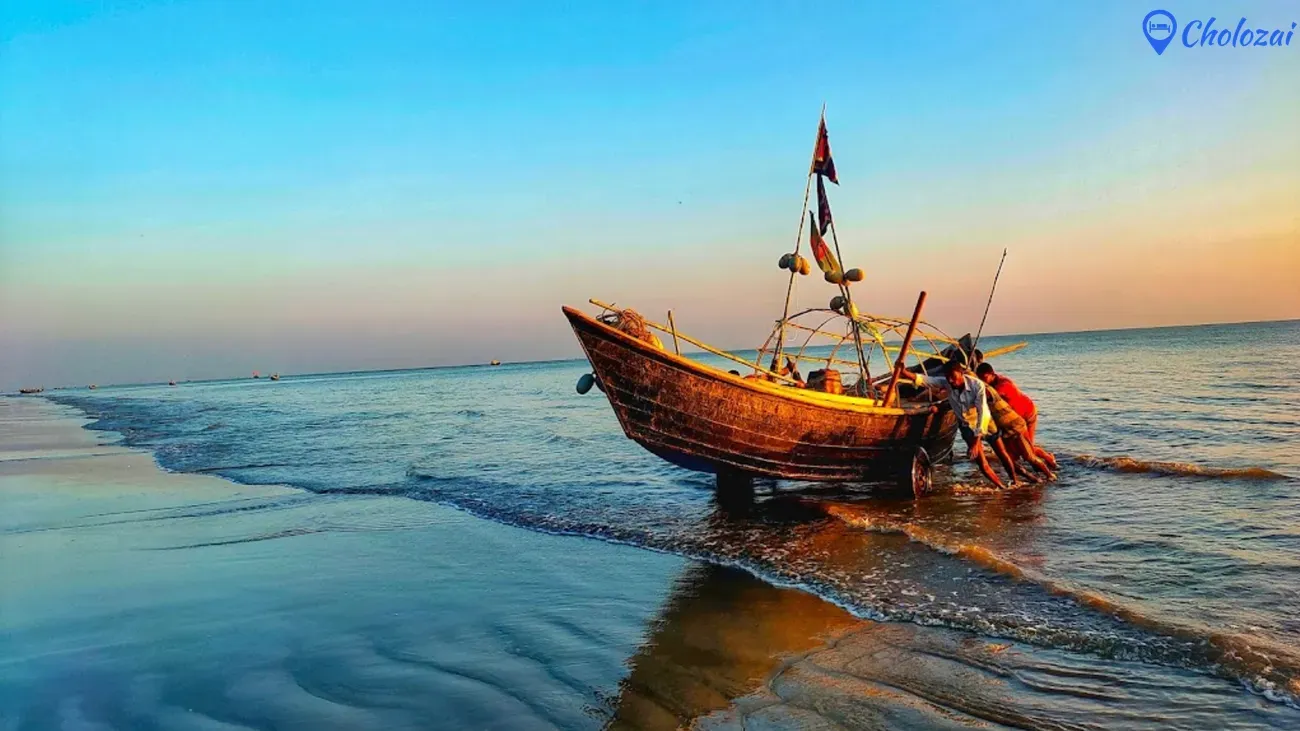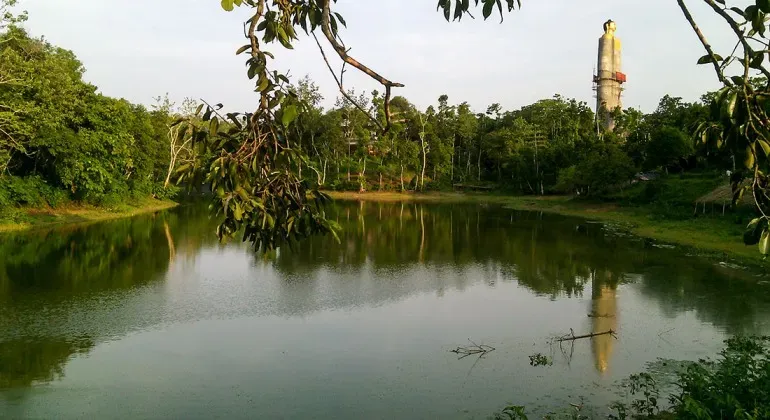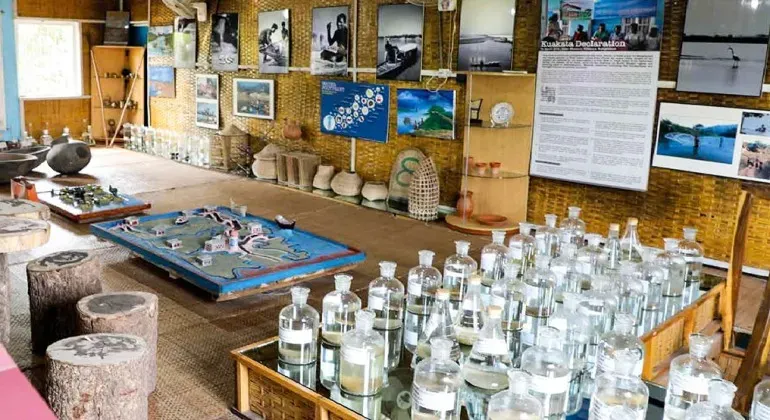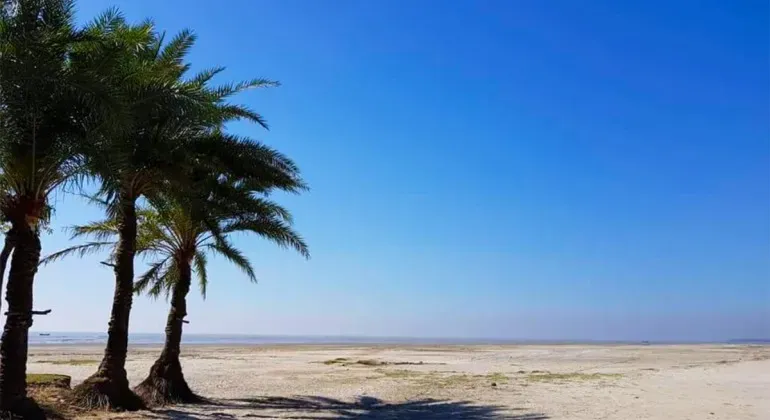Kuakata is not just about beaches, there are many other places to visit. East and West Jhowban, estuary of three rivers, Lebur Char, Gangamati forest, Red Crab Island and green forest will also get a chance to see a part of Sundarbans. Or you can visit Kuakata for historical wells, Buddhist temples or the remote Char Vijay Abhiyan.
Shuntki Village: The fishing village is located at the western end of Kuakata beach. The dry season here is mainly from November to March. Shutki is made by catching fish from the sea and drying it next to the beach. If you want, you can spend time watching the busyness of the fishermen. And you can buy different types of preferred dryers at low prices.
Crab Island: A place known as Crab Island or Crab Island can be seen if you go far east along Kuakata Beach. Thousands of red crabs roam the deserted beaches here. During the tourist season i.e. from October to March, speed boats are available from Kuaquat Beach to Crab Island.
Gangamati Jungle: Kuakata beach ends up to the Gangamati Canal towards the east. And from this place Gangamati forest starts. In addition to different species of plants, different types of birds, forest chickens, monkeys and other animals are seen in this forest. To many, this forest is known as Gazmati Jungle.
Fatra Forest: Fatra forest starts from the other side of the river on the west side of the beach. This forest has almost all the characteristics of Sundarbans. Forest roosters, monkeys, wild boars and various birds are found here. To go to Fatra Forest from Kuakata you need to hire an engine boat.
Kuakata's Well: The well still stands as a witness to the history behind the name Kuakata. To see this well, you have to go to Keranipara, the home of the Rakhines. You will see the ancient well as soon as you enter the area.
It is said that in 1784, after being expelled from the motherland, the Rakhines came to Rangabali Island on the shores of the Bay of Bengal and took shelter. As the salty sea water was unfit for consumption, they dug wells for fresh water here and the place gradually came to be known as Kuakata.
Seema Buddhist Temple: The Seema Buddhist Temple is located just in front of the ancient well of Kuakata. A few years ago this wooden temple was demolished and the building constructed. Inside this temple is an ancient Buddhist idol made of ashtadhatu weighing about 37 manas.
Keranipara: A little further along the Seema Buddhist temple road is Keranipara, the home of the Rakhines. Rakhine women are very skilled at weaving cloth and the winter cloaks they make are very attractive.
Misripara Buddhist Temple: About eight kilometers from Kuakata Beach, Misripara, another Rakhine village, has a large Buddhist temple. Rumor has it that inside this temple there is the largest Buddhist statue in the subcontinent.

 CholoZai
CholoZai



